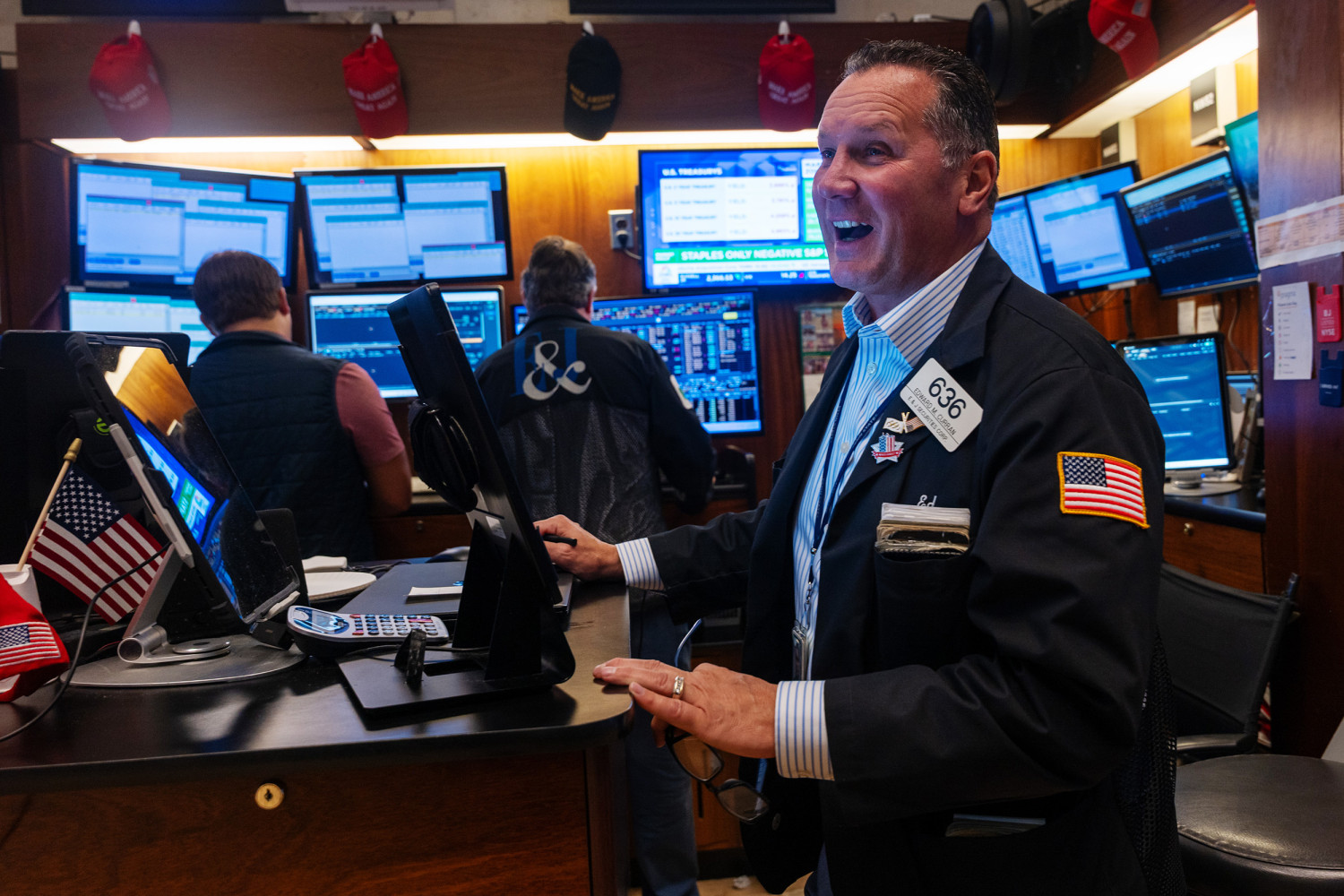In the face of economic instability, the stock market consistently demonstrates unexpected vigor and stability, contrary to predictions, thereby retaining the trust of investors worldwide.
The unexpected strength of the stock market
In the past few months, those analyzing finances and those who invest have been witnessing an extraordinary occurrence: the enduring steadiness and even advancement of the stock market amidst broad economic uncertainty. Factors such as inflation, increased interest rates, and geopolitical issues have combined to form a complicated scenario that would typically result in considerable drops in stock prices. However, the markets have shown a degree of robustness that was unexpected by many. This toughness indicates not just the positivity of investors but also the flexibility of international businesses as they maneuver through tough situations.
The stock market’s performance has often been viewed as a barometer for the health of the broader economy. Traditionally, economic uncertainty leads to cautious investment behavior, decreased corporate spending, and a shift toward safer assets like bonds or gold. However, the current trend defies these patterns. Major indices such as the S&P 500, Dow Jones Industrial Average, and Nasdaq have shown sustained growth, indicating that investors are still confident in long-term market fundamentals despite short-term instability.
An interpretation of this phenomenon is rooted in the ability of businesses and industries to swiftly adjust to evolving global circumstances. For example, tech companies have harnessed creativity and automation to sustain profits. Meanwhile, energy and healthcare sectors persist in drawing investor attention because of their critical functions in both advanced and new markets.
Factors driving market optimism
Another major aspect contributing to the stock market’s resilience is the surge of retail investors who have started trading in recent years. The transformation of investing—driven by digital platforms and mobile trading applications—has reshaped the global financial arena. Individual investors now hold a more significant position, frequently emphasizing long-term profits over short-term variations. Their involvement has supported maintaining high trading activities and liquidity, even as institutional investors lean towards more cautious methods.
Additionally, corporations have shown strong earnings reports despite higher operational costs. Many companies have successfully adjusted pricing strategies, streamlined supply chains, and adopted cost-saving technologies to preserve profitability. These strategic responses have reinforced investor confidence, suggesting that the market’s resilience is grounded in tangible financial performance rather than mere speculation.
Monetary policy has also played a critical role. Although central banks around the world have implemented tighter measures to control inflation, their cautious approach to interest rate hikes has helped avoid abrupt shocks to the market. The balance between curbing inflation and supporting economic growth has been delicate but effective, preventing panic-driven sell-offs and ensuring that liquidity remains accessible to investors and businesses alike.
The balance between risk and reward
Despite this optimism, experts caution that the current environment still demands careful navigation. The coexistence of market growth and economic uncertainty means that investors must remain vigilant. Diversification, strategic asset allocation, and a long-term perspective have become more important than ever. While the stock market continues to provide opportunities, volatility remains a constant risk that cannot be ignored.
One distinctive characteristic of this era is the rapid shift in sentiment. A single geopolitical incident, an unforeseen policy declaration, or a below-par earnings release can trigger significant market responses. The swift spread of information via digital channels enhances these responses, compelling investors to act more swiftly than in past decades. This quick cycle of reaction and adaptation has become ingrained in the market’s new standard, combining uncertainty with resilience.
Para los inversores a largo plazo, este contexto resalta la importancia de la paciencia y la capacidad de ver el panorama completo. Las fluctuaciones del mercado a corto plazo pueden parecer preocupantes, pero la historia ha demostrado repetidamente que los mercados tienden a recuperar y crecer con el tiempo. Aquellos que se concentran en activos de calidad, fundamentos consistentes y una estrategia de inversión disciplinada suelen estar mejor preparados para afrontar la incertidumbre y aprovechar las recuperaciones eventuales.
An optimistic yet careful perspective
In the future, numerous market experts anticipate the persistence of market momentum, though at a reduced speed. Economic obstacles endure—from worldwide supply chain issues to changes in labor trends—but the general perspective remains moderately positive. Businesses that persist in evolving and adjusting are expected to maintain their market standings, while industries such as renewable energy, healthcare technology, and digital finance are expected to experience continued expansion.
The transformation of investor habits is influencing the market’s trajectory. Investing in environmental, social, and governance (ESG) areas has seen a substantial increase, as more investors focus on ethical and sustainable businesses. This change not only mirrors evolving societal standards but also motivates companies to balance profit with accountability. As these patterns develop, they may reshape the factors that impact long-term market success.
The stock market’s endurance amid ongoing uncertainty highlights the complex interplay between human behavior, corporate resilience, and economic policy. While risks remain, the continued performance of global equities suggests that confidence in innovation, productivity, and adaptability remains strong. Investors who approach the market with strategic foresight rather than fear are likely to find that even in turbulent times, opportunity persists.
The stock market’s ability to thrive despite widespread uncertainty serves as a testament to both the resilience of global economies and the evolving strategies of modern investors. While challenges will continue to test the limits of confidence and stability, the market’s current strength offers a powerful reminder that adaptability and long-term vision remain the most valuable assets in the world of finance.







